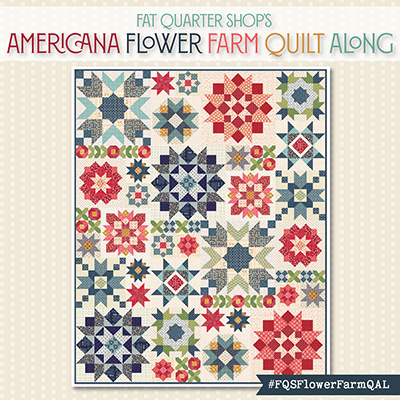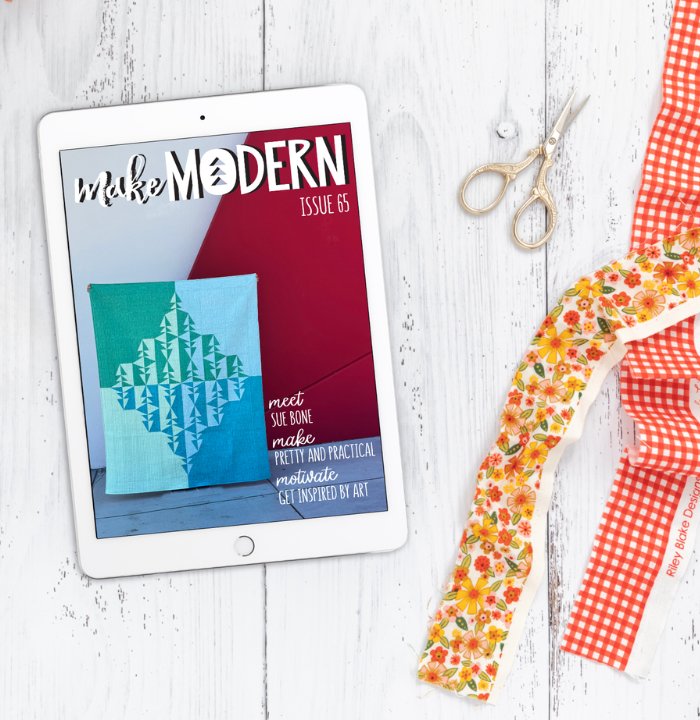Happy St. Patty’s Day!!
I have a plant obsession! I show little snippets of it in my newsletter, but I haven’t talked a lot about it here. Over the pandemic, my plant collection has grown from a small area close to one window to having multiple plants in each and every room. I even have one room that has more than 45 plants in it. I love watching them grow. There is one particular window that has 5 hoyas hanging in pots. It has the best light, and if you don’t believe that, I will have to show you the flowers. I had never had a hoya flower in my care, it is not a coincidence. It is definitely not me. It’s the window. I have one small space at the edge of that window that would fit another pot. I have a few pots empty, but they don’t hang. As I was shopping around on the internet, I decided I could make my own. I present to you, the quilted plant hanger. This is how I made it!
To sign up for my newsletter click here.

Quilted Plant Hanger Tutorial
I sewed fabric strips together to make four squares. To make this process easier, since I wanted small strips of fabric, I used paper as my foundation. Download your paper pieced template by clicking here. If you need to learn more about paper piecing, here are two links that are helpful: What is Paper Piecing and How to Paper Piece.

Next week (fingers crossed), I will add a small video on the making of the square used in the Quilted Plant Hanger and show off my 5 favorite plants. So be sure to come back soon.
First, decide if you want your block to look like an X or an O. Pin and sew two of the blocks together. Repeat. Iron the seams to opposite sides so your seams will nest. Sew the two working squares together to make a block. Iron the middle seam open to reduce bulk.







Next, locate the quilted block, the piece of batting, and the backing. I used leather as my backing. Layer the batting on the top. The second layer is the quilted block facing up. The last layer is the backing facing down. So, the good side of the backing and the good side of the quilted block face each other. Sew around the stack of pieces leaving 2 ½” open. Trim the points close to the seam corner. Pull the inside through the gap. Use a tool to help you work the seams to points and full edges. When you get to the gap, fold the seam down and into it, use pins or clips to close the gap.


Finishing the Hanger
Topstitch the quilted block. I sewed twice around mine. Make sure when you stitch over the gap, you catch the edges that have been folded into the gap. That way, they stay folded and don’t slip out to expose raw edges.


Cut a small hole on each corner of the quilted block. I used a leather hole punch. It punched the leather perfectly but didn’t go through the batting or fabric, so I used my scissors to make the hole go through all the layers. I also made the hole wider with my scissors by sticking the scissor blade deeper and creating a slit. (The first hole was too far away from the corner, so the quilted block didn’t hug the pot. The way I fixed that was by cutting another set of holes closer to the corner of the quilted block and running the cord though both holes. You could make one hole close to the corner or two holes like I have done here.)



Adding the Cord
Run cording through the hole, or holes. Knot the end of the cord that is in front of the quilted block. Then run the cord through the other diagonal corner holes. Knot the cord end after the quilted block. Repeat on the other two corners.

Find the point where the two cords make a U, and make a knot about 2 or 3 inches after that U to create a loop where you can hang your pot.

Install your plant hook, hang your quilted plant hanger with the plant… and we are done!
This is my first attempt at this project, and I have ideas on making it better and giving it a more finished look. I used the things I had around my home. Something I will do the next time I make this is finishing the holes with grommets.
To see more scrap busting projects click here.











The Comments
Donna Hanneman
What a clever idea! Thanks for sharing!
Donna Hanneman
What a clever idea! Thanks for sharing!
Liz
What a fun project!!